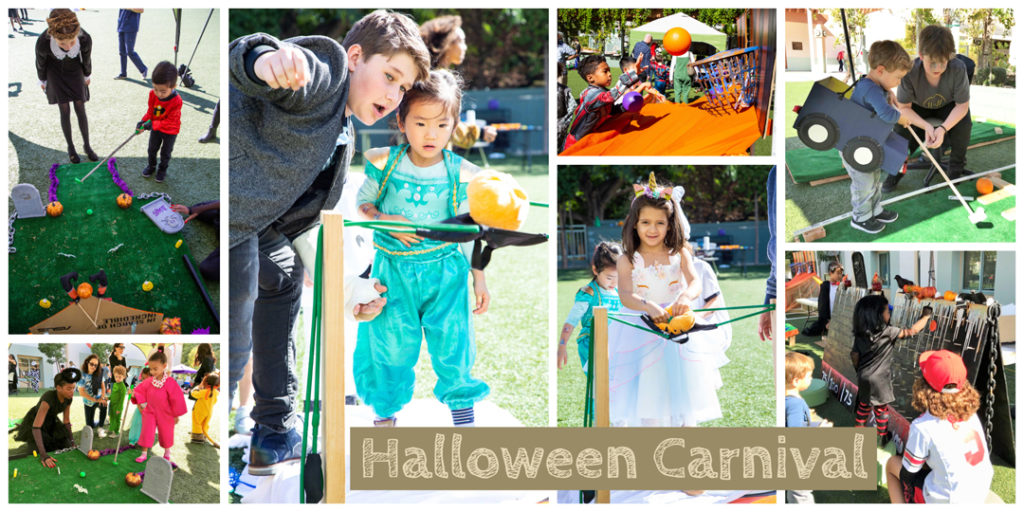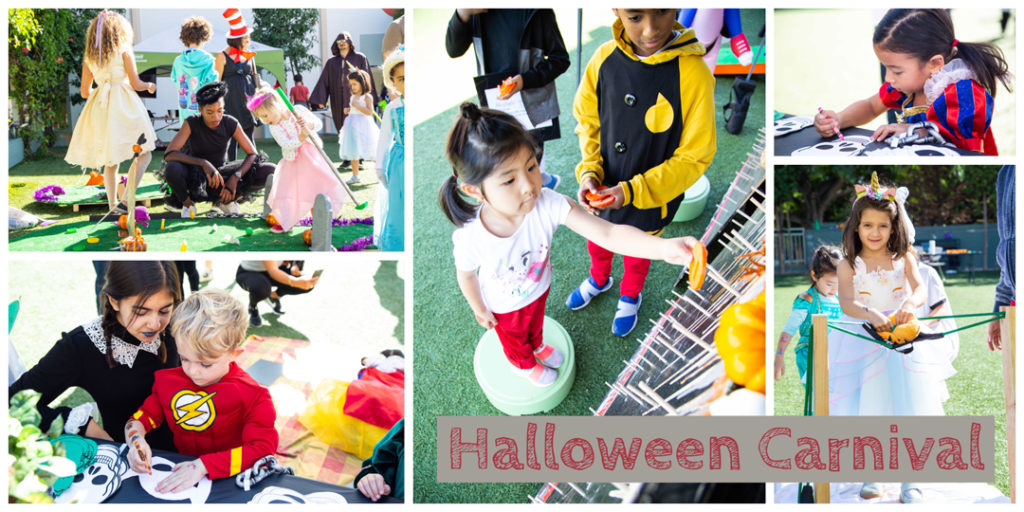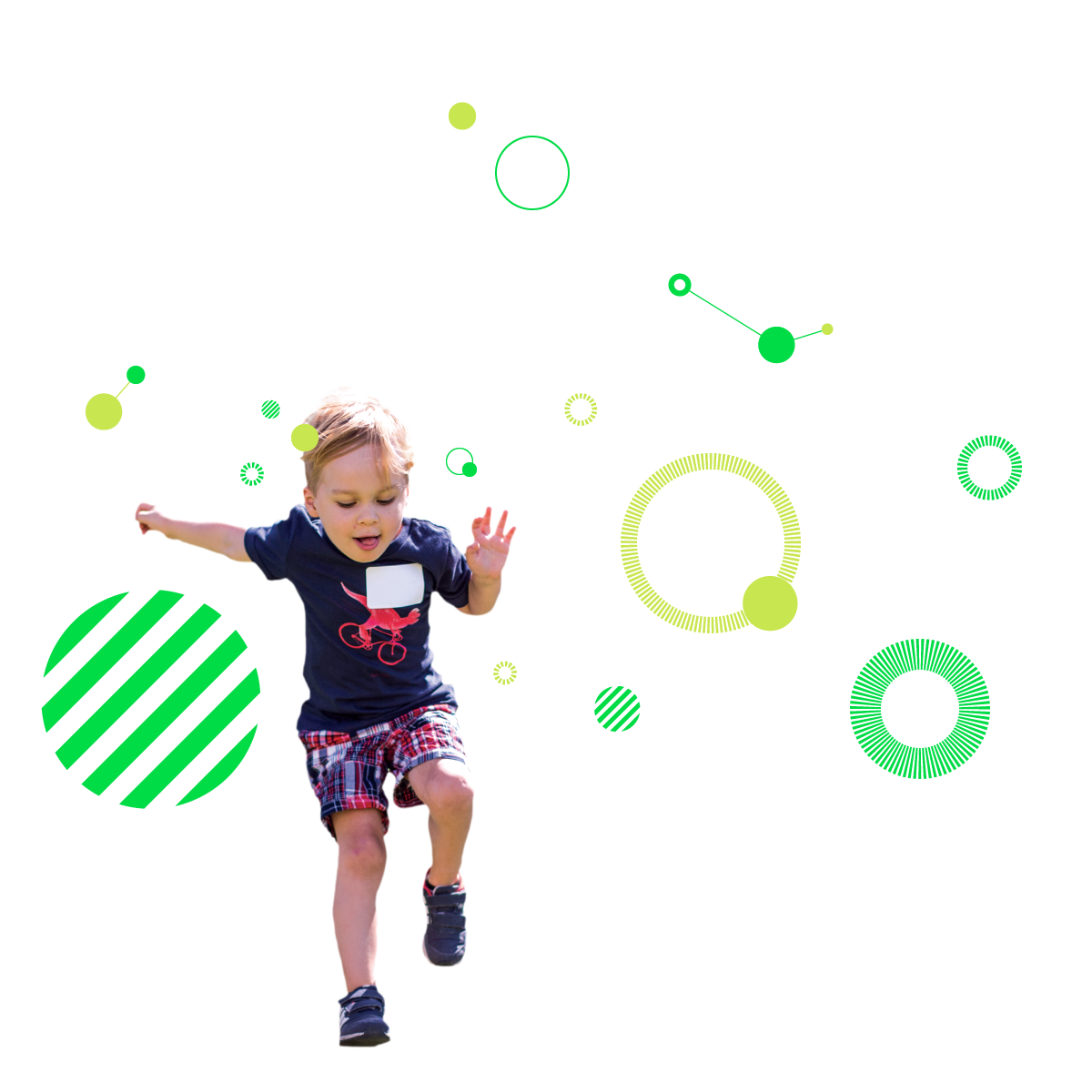 With tomorrow’s Election Day consuming our time and attention, Halloween may seem like the distant past, but it is always a special day at Turning Point that is worth revisiting. We have transformed what is for many schools a throw-away instructional day into a rich opportunity for learning and leadership throughout our school and culminating in our Middle School Halloween Carnival.
With tomorrow’s Election Day consuming our time and attention, Halloween may seem like the distant past, but it is always a special day at Turning Point that is worth revisiting. We have transformed what is for many schools a throw-away instructional day into a rich opportunity for learning and leadership throughout our school and culminating in our Middle School Halloween Carnival.
Visitors to our Carnival expressed their captivation and wonder at the Carnival and at the tender, solicitous ways in which our older students interact with their younger buddies. Our Middle School students take seriously the task of making their younger counterparts feel very special and valued on this magical day.
Guided by our Educational Technology and Innovation Coordinator, Travis Reynolds, Grade 8 students led the efforts in a six-week long process to build games that would appeal to students ages 3-9. As you might imagine, this age span presented some challenges.
Students relied upon the design thinking process, a methodology for problem-solving, to ensure their success. You may be familiar with IDEO and the Stanford d.school, who created the five-step design thinking process. Tim Brown, CEO of IDEO, states: “Design thinking is a human-centered approach to innovation that draws from the designer’s toolkit to integrate the needs of people, the possibilities of technology, and the requirements for business success.”
The Design Thinking process incorporates the following phases:
- Frame a question: Identify a driving question that inspires others to search for creative solutions.
- Gather inspiration: Inspire new thinking by discovering what people really need.
- Generate ideas: Push past obvious solutions to get to breakthrough ideas.
- Make ideas tangible: Build rough prototypes to learn how to make ideas better.
- Test to learn: Refine ideas by gathering feedback and experimenting forward.
- Share the story: Craft a human story to inspire others toward action.
For Halloween, the essential question focused on the needs of our Primary-Grade 3 students: What would engage and delight them? Middle School students practiced empathy as they imagined and researched what these young students would need to enjoy the games and to be successful when they played the games.
Then, our eighth graders had to design and build prototypes of the games, learning new skills and stretching their capacities in innovation, critical thinking, creativity, and problem-solving as they made their ideas tangible. They made full use of our Innovation Labs, utilizing both analog materials and digital devices from the SmartLab and MakerLab as they built their games.
Students used carpentry, design, and artistic skills to build attractive games that would appeal to younger children, and then brought their games to life with technology—developing circuitry with Makey Makey and programming with Scratch, a free, online software from MIT that allowed our game designers to add sounds and calculate scores as students played the games, which included Guitar Hero, Mini-Golf, Pop-a-Shot, Giant Slingshot, Plinko, Water Dump, Pinball, Beanbag Toss, and Cornhole.
 Once the initial games were built, our eighth graders “tested to learn” (Step 5 in the Design Thinking Process) by inviting Grade 4 and 5 students to beta-test the games, providing input about how the games could be improved. Based on that feedback, Grade 8 students tinkered with their designs and revised them before going “live” on Halloween.
Once the initial games were built, our eighth graders “tested to learn” (Step 5 in the Design Thinking Process) by inviting Grade 4 and 5 students to beta-test the games, providing input about how the games could be improved. Based on that feedback, Grade 8 students tinkered with their designs and revised them before going “live” on Halloween.
Our Grade 7 students, who will inherit this project next year, were also enthusiastic contributors to the Carnival, running a craft table and photo booth which included a green screen and graphic design elements. Inspired and motivated by our Grade 8 students, they are already enthusiastically chatting about their ideas for Halloween 2019!
As I looked at our Turning Point elements, I noticed that every one of them applies to our Grade 8 Halloween Carnival, which makes me proud of the outstanding work these students do in demonstrating the elements that make up our positive equation for achievement:
- Intellectual elements such as exploration and critical thinking that provide the fuel for their game design project;
- Social elements such as leadership, inclusion, and kindness which allow them to be such great hosts to our youngest students;
- Physical elements of play and resilience which ignite their imaginations and give them the motivation to succeed;
- Ethical elements such as integrity and accountability which drive their ability to complete projects on time and see their responsibilities through; and
- Emotional elements such as empathy, purpose, and confidence which make them perfect role models for everyone in our community to emulate.
Kudos to all of our students for embracing Halloween as an opportunity to not only inspire imagination but demonstrate knowledge and celebrate innovation. I cannot wait to see what next year brings!
Warmly,
Laura
Dr. Laura Konigsberg
Head of School
lkonigsberg@turningpointschool.org


































